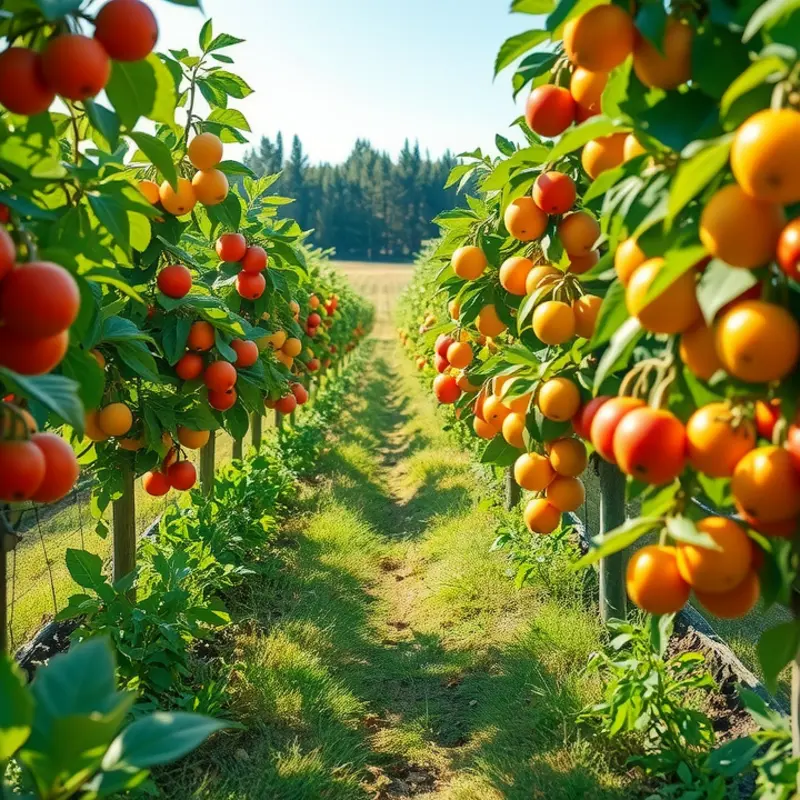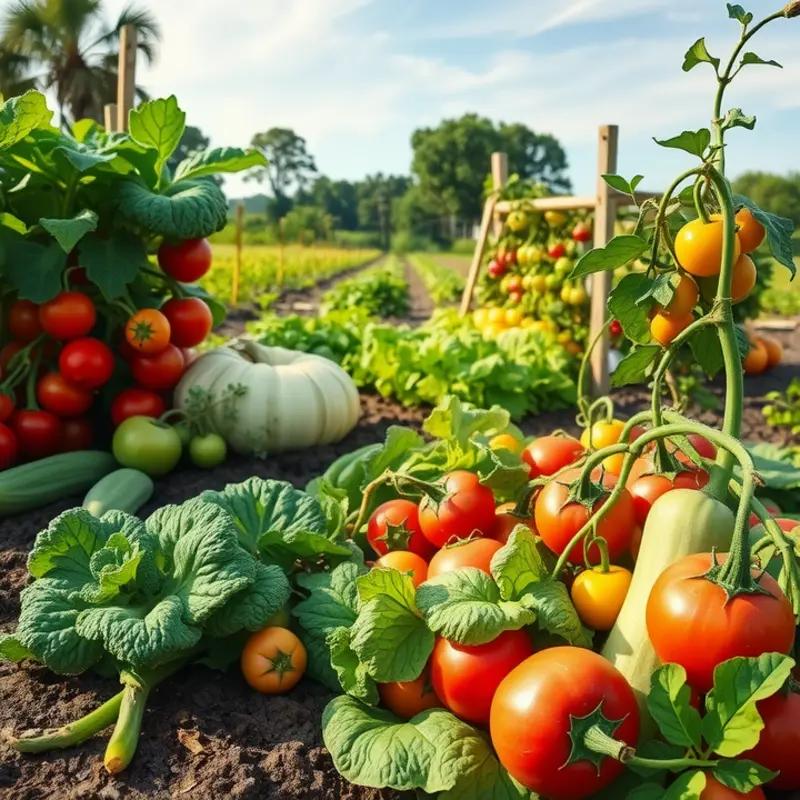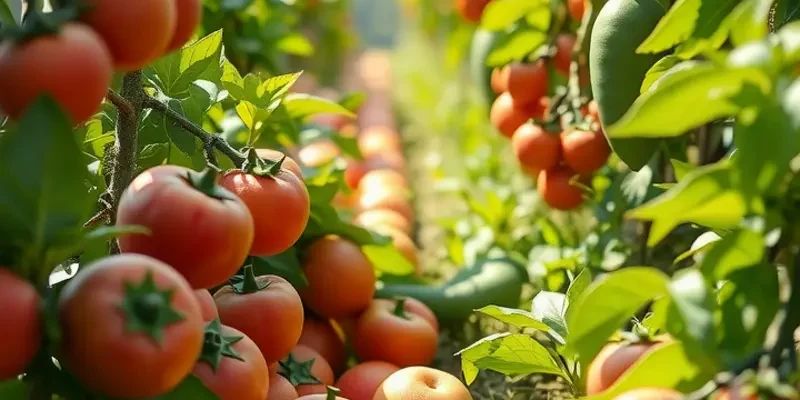Fresh fruits and vegetables are essential components of a healthy diet, but they have a limited shelf life. Preventing wilting not only enhances the taste and nutritional value of your produce but also reduces food waste, saving both money and resources. By following practical methods for proper storage and management, you can enjoy crisp produce for longer. This guide offers actionable tips to help you manage your food effectively. With smart practices, you can keep your kitchen stocked with fresh ingredients, ensuring your meals are always vibrant and delicious.
Understanding the Causes of Produce Wilting

Fruits and vegetables, though vibrant and full of life when freshly harvested, are vulnerable to wilting due to several environmental and handling factors. By understanding these factors, you can significantly improve your kitchen’s efficiency, minimize waste, and keep produce fresher for longer.
The primary cause of wilting in produce is moisture loss. Plants naturally maintain their structure and crispness through water content. When produce loses water, it becomes limp and less appealing. Temperature and humidity play a crucial role in maintaining this moisture balance. Ideally, most vegetables prefer a cool, moist environment. However, temperature fluctuations can lead to increased transpiration, where water is rapidly expelled from plant cells. This accelerates wilting, making it imperative to store produce at consistent, appropriate temperatures.
Humidity levels also influence how well produce retains moisture. High humidity slows water loss, keeping produce fresh. However, in areas with low humidity or improper storage practices, produce can dehydrate quickly. To combat this, using airtight containers for greens, or crisper drawers with humidity controls, can help maintain optimal moisture levels.
Improper handling can also contribute significantly to the degradation of fruits and vegetables. Rough handling can bruise delicate produce, leading to accelerated decay. Bruised areas not only start wilting faster but are also more prone to bacterial and fungal infections, which can spread to other produce. It’s crucial to handle fruits and vegetables gently and avoid stacking heavy items on more delicate ones.
Furthermore, improper ventilation in storage can contribute to the degradation of produce. Ethylene, a natural plant hormone released by certain fruits, can hasten ripening and, consequently, wilting. Apples, bananas, and tomatoes, for example, are prolific ethylene producers. Storing ethylene-sensitive produce such as leafy greens or carrots near these fruits can cause them to spoil faster. Keeping ethylene-producing fruits away from sensitive produce can significantly extend freshness.
Understanding nutrient degradation is another key aspect. Once harvested, fruits and vegetables begin losing nutrients. Vitamin C and other antioxidants degrade quickly when exposed to heat and light. Hence, storing produce in a cool, dark place, such as the refrigerator’s vegetable crisper, is ideal. Additionally, learn more about eco-smart kitchen storage solutions, which can be employed to slow both wilting and nutrient loss effectively.
Lastly, the specific type of produce can dictate storage needs. Leafy greens, for example, benefit from being wrapped in a damp paper towel to retain moisture, while root vegetables like potatoes and onions prefer cooler, drier environments. Understanding these nuances can make a substantial difference in maintaining freshness.
Through informed decisions about temperature, humidity, and handling, you can effectively reduce produce wilting and ensure your kitchen remains both fresh and waste-free.
Top Strategies to Keep Your Produce Fresh

To maintain the crispness of fruits and vegetables, it’s essential to use effective storage methods. A great starting point is understanding the importance of temperature control. Different types of produce require distinct temperature settings. For example, leafy greens and herbs thrive in colder settings, typically below 40°F (4°C). On the other hand, tropical fruits such as bananas and avocados fare better outside the refrigerator until they’re ripe.
Airflow is another crucial factor in keeping produce fresh. Most refrigerators have crisper drawers with adjustable humidity slots. Store vegetables in high-humidity settings, while fruits stay fresher in low humidity. Vegetables need moisture to prevent wilting, whereas excess moisture can accelerate the spoilage of fruits.
Investing in reusable storage containers can also have a significant impact on freshness. Containers with specially designed vents help regulate moisture, maintaining optimal conditions for various produce types. Grouping items with similar storage needs allows for easier access and helps prevent cross-contamination.
To further enhance shelf life, consider wrapping certain produce to slow moisture loss. Carrots and celery benefit from being wrapped in damp paper towels, preventing them from becoming limp. Likewise, separating ethylene-producing fruits like apples from sensitive vegetables can slow down deterioration.
Don’t overlook the benefits of cleaning your produce before storing. Dirt and bacteria can accelerate decay. However, ensure produce is thoroughly dried post-washing; excess water can hasten spoilage. An organized fridge also contributes to a fresher kitchen. Regularly rotating food items ensures older produce gets used first, reducing waste.
Knowledge of each produce’s specific requirements, accessed through resources like eco-smart kitchen storage guides, can tailor your approach to an eco-friendly and efficient kitchen setup. Through proper organization and understanding of specific needs, you can extend shelf life and maintain vibrant nutrition in your diet, while also minimizing food waste.
Final words
By understanding the causes of wilting and employing effective storage methods, you can significantly extend the freshness of your produce. Avoiding excess moisture, controlling temperature, and using appropriate storage containers are vital steps to keep fruits and vegetables crisp and flavorful. Not only will these practices help you enjoy fresher food, but they will also contribute to reducing waste and maximizing your grocery budget. Take these simple yet effective steps to manage your food more efficiently, ensuring nutritious options are always available in your meal preparation.







